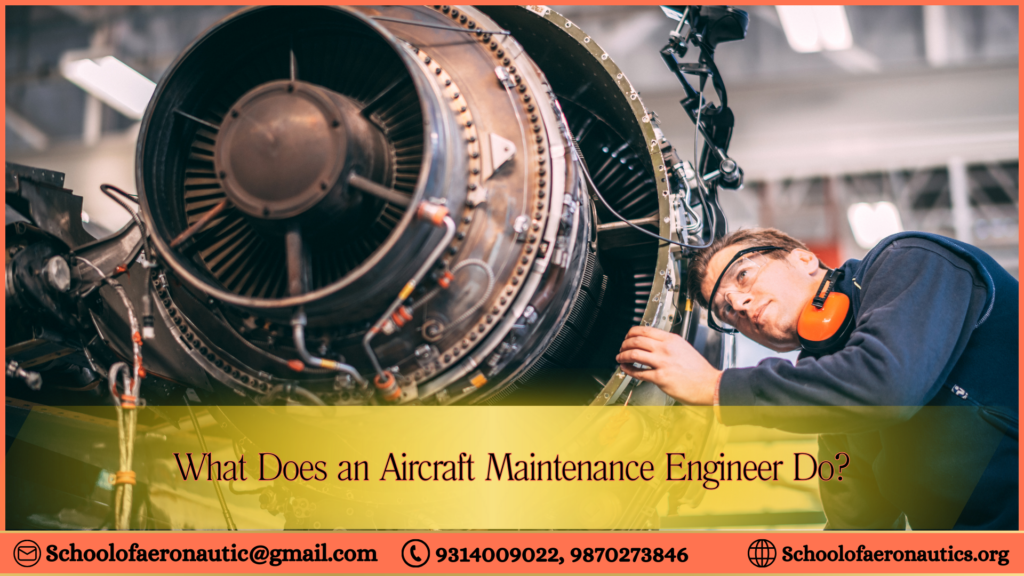What Does an Aircraft Maintenance Engineer Do?

Aircraft Maintenance engineering( AME) is responsible for ensuring the safety, trustability, and airworthiness of an aircraft. Their primary part is to check , maintain, and form aircraft to meet nonsupervisory norms and insure they operate safely. There’s a near look at the crucial tasks and liabilities of an AME
1. Routine conservation and examinations
Perform regular examinations, known as listed conservation, grounded on nonsupervisory and manufacturer guidelines.
Check colorful systems( machines, hydraulics, avionics, landing gear, etc.) for wear and tear, damage, or implicit issues.
Complete thorough checks to identify any faults that may impact performance or safety.
2. Diagnosing and Repairing Issues
Troubleshoot issues that arise moreover from routine examinations or from airman reports.
Use technical individual outfit to assess problems and determine necessary repairs.
Carry out mechanical, electrical, and structural repairs on colorful factors of the aircraft.
3. Replacing corridor and factors
Replace worn- eschewal or damaged corridor, similar as machines, landing gear, avionics, or energy systems.ensure relief corridors meet strict nonsupervisory and safety norms.
corroborate that reserves work rightly and are rightly installed.
4. Performing Functional Tests
Conduct ground tests to ensure the aircraft systems serve as anticipated after conservation.
corroborate that all repairs and reserves are functional before the aircraft returns to service.
Use both homemade and computer- grounded tools to measure and estimate performance.
5. Maintaining Attestation
Keep detailed records of conservation and form work, including what was done and when.
Update logbooks and other records as per nonsupervisory conditions( e.g., FAA, EASA, or other public aeronautics authorities).
ensure all work is proved directly for nonsupervisory compliance and future reference.
6. Compliance with Safety Regulations
Follow guidelines set by aeronautics authorities to meet safety and conservation norms.
share in ongoing training to stay current with nonsupervisory changes and new technologies.
Conduct conservation in agreement with aircraft primers, bulletins, and nonsupervisory conditions.
7. Working in Specialized Areas
Some AMEs may specialize in certain areas, similar as avionics( electronics and navigation), machines, or airframes( structures).
Each specialty requires a distinct set of chops and frequently fresh instruments.

